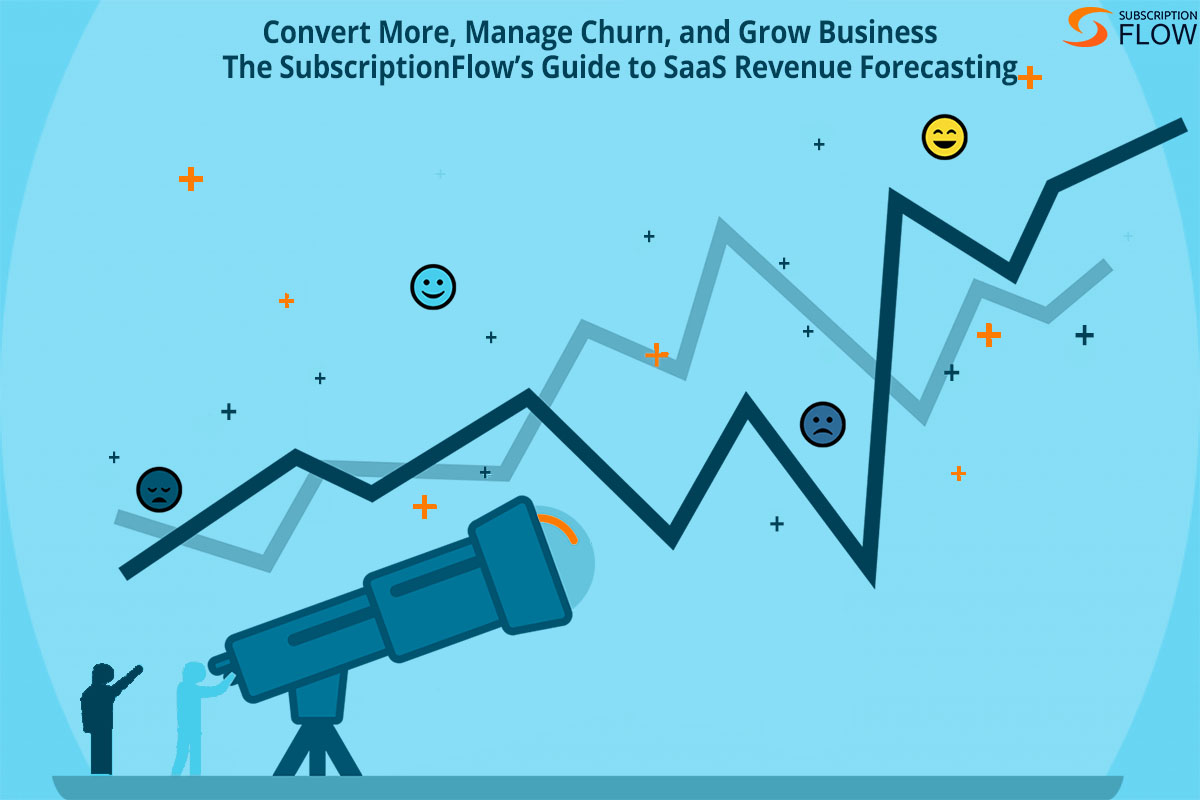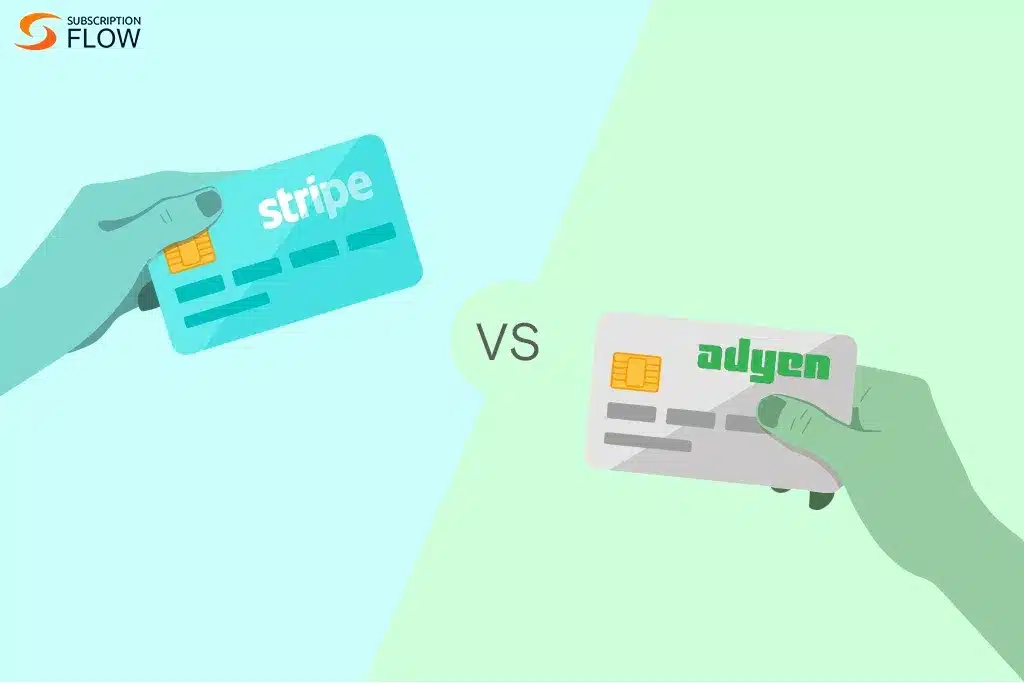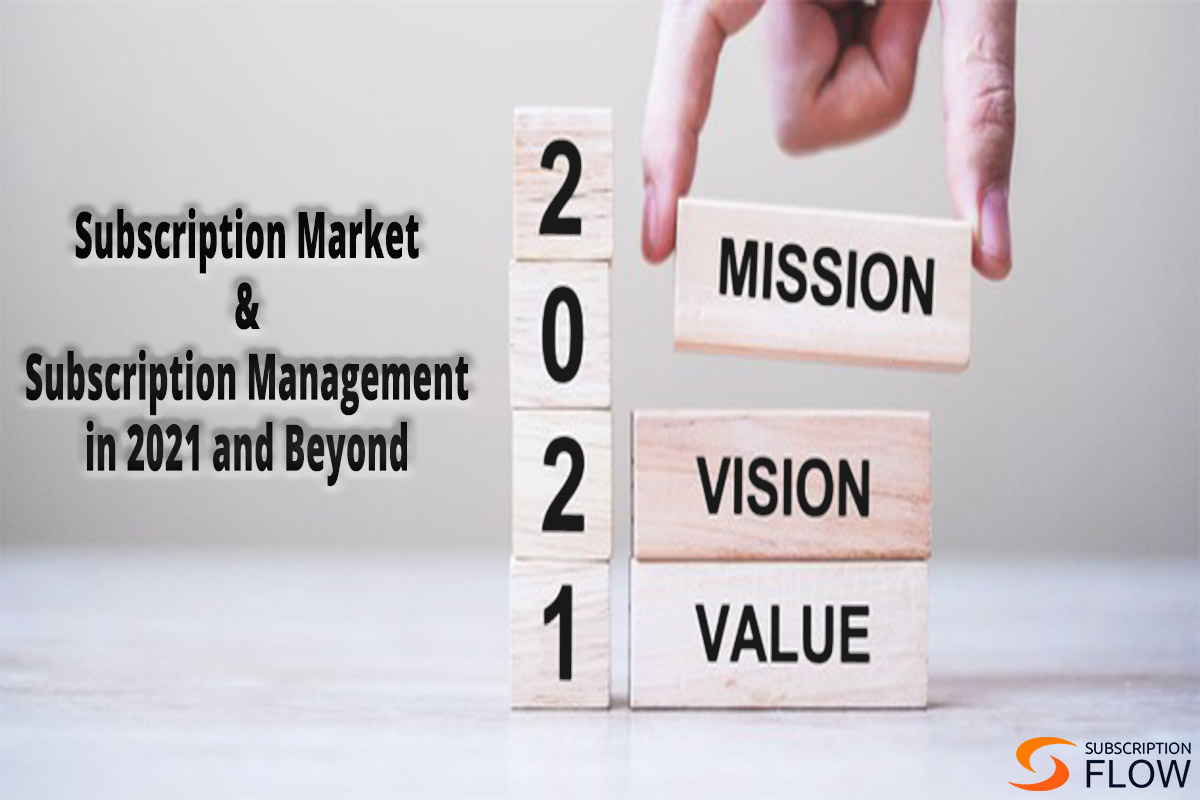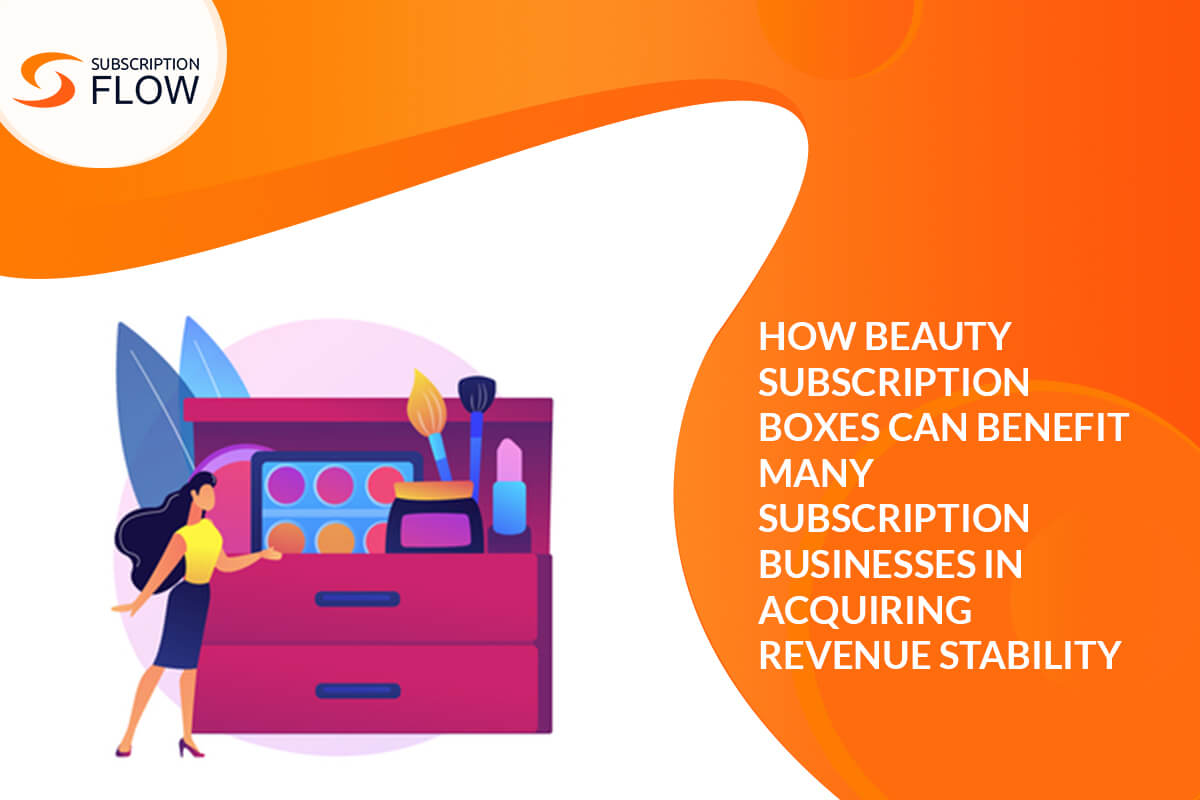
Convert More, Manage Churn, and Grow Business—The SubscriptionFlow’s Guide to SaaS Revenue Forecasting
Clayton Christensen was an American economist and the mastermind behind one of the most influential business ideas of the century.
He once said, “Motivation is the catalyzing ingredient for every successful innovation”.
And, motivation comes when you can see something on the other side of the horizon.
To make this vision vivid and let others see it too, businesses need forecasting based on data-driven trends and behaviors to make others believe in what you are witnessing in the future.
The Science of the Business Forecasting
If flourishing success or mushrooming falls can be metered and predicted, it can be altered, too. That is the science of forecasting for any business process.
The fundamentals of business forecasting are:
- Demand Forecast
- Operational Forecast
- Financial Forecast
Financial forecasting is the foundation of business development. The organizations cannot survive without consistent financial forecasting and actions peddled based on the revenue forecast recommendations to grow business and revenue streaming.
For subscriptions and SaaS (Software as a Service) businesses, it is inevitable to constantly monitor their numbers, foretell the outcomes, and manage their revenue cycles, accordingly.
Readout this guide to SaaS startups and small business executives that explains the revenue forecasting for SaaS and its advantages and challenges. This article will also outline some of the SaaS revenue forecasting methods to better explain how different SaaS revenue methods or their combinations can be used to learn the factors moving market and customers.
Let’s begin with understanding the core meaning of revenue forecasting.
What is Revenue Forecasting?
Revenue forecasting refers to the estimation and the prediction of future revenue based on different SaaS sales data points in a specific period.
Business growth, essentially, means revenue growth. To grow your business, it is obvious you need to dive deep into the figures and facts gathered, organized, and arranged to drive the factors that lead you to grow your product or services.
Forecasting revenue is extremely important for SaaS businesses. These businesses are based on a subscription model that inclines towards customer retention. SaaS needs intact customer engagement to continue their recurring revenue streaming.
Forecasting SaaS revenue requires resources. In contrast with other businesses, they have more resourceful ways to combat the challenges that they can predict while staying in present.
They are equipped with the arsenal of the century—data. SaaS sales forecasting based on the data explaining historical trends, customer behaviors, competitors growth, and factors affecting market movement available with them to compare with existing data can predict these trends, behaviors, and patterns for the future as well.
How Revenue Forecasting Works in SaaS
Forecasting is a way of research. This is why revenue forecasting is a complicated process that is affected as well as driven by different factors, experiments, and experiences.
Different models of revenue forecasting are there. These approaches can be used individually or in combination. But before understanding the revenue forecasting models, it is pertinent to learn about the types of recurring revenue in any SaaS. These include:
- New MRR
- Renewal Revenue
- Upsell Revenue
- Service Revenue
The two ways that can help SaaS to forecast their sales and revenue growth are:
-
Qualitative SaaS Revenue Forecasting
As the name suggests, it mainly deals with the prediction of outcomes based on intuitive judgments guided by facts and actions of the past. They can or cannot be supported by the numbers.
-
Quantitative SaaS Revenue Forecasting
It is the forecasting that is purely based on the scientific ways of calculating and deriving the theories based on the numbers. The data-driven revenue forecasting relies only on historical customer and sales data sets, current sales records, and revenue estimates.
Also Read: From Robust Reporting to Increased Efficiency—The Benefits of Automated Recurring Revenue Management
The Impact of the Revenue Forecasting on SaaS Growth
SaaS revenue forecasting matters. To create a big and evolving picture of your dream SaaS business growth and revenue streaming, here are a few benefits of revenue forecasting that can give wings to your business aspirations to fly high and stable:
-
Precise Profit Projections
Revenue forecasting empowers the spirit with the profit projections. Consistent revenue forecasts for every quarter streamlines the accurate and precise profits projections. Based on these projections, investment, resources, and other requirements can be estimated, channeled, and monitored by establishing proper timelines.
-
Timelines Tracking
Forecasting can be daunting if timelines do not work as they are conceived. It shows how establishing timelines can help any task, project, or action to be completed and successful. Though, establishing timelines is not enough. It is actually tracking those timelines that boost the spirits with the accomplishment. It also assists sale teams and managers to assess their progress and estimate the efforts required to achieve their set milestones.
-
Expenses Estimation
SaaS businesses have to provide personalized solutions to their customers. It sometimes leads to an increase in the company’s overall expenses that despite high revenue streaming reduces the margins of profit, thus slows the business growth as well. The practice of revenue forecasting drives precise profit projections and offers business development managers to cut down the costs that incur them profit shrinkage in the end.
-
Better Budgeting
Forecasting revenue is forecasting expenses so that they can be budgeted best to cover all the operational costs or start new ventures to scale SaaS with more features, expert manpower, better management, and more profits.
Forecasting eases expense formulation with data-driven budgeting. It prevents from ending on hefty spending that drives no results or poor results. In contrast, it saves more to invest in other fruitful opportunities.
-
Data-Driven Decision-Making
Revenue forecasting impacts the decision-making processes of every business operation. From marketing and sales to product development and financial management to business growth, each decision is driven by the strategies based on revenue forecasts. The precise SaaS revenue forecasting helps managers to make data-driven decisions that repair the damages to the revenue and explore new opportunities for business growth, customer retention, market penetration, and more.
-
Meticulous Management for Business Expansion Opportunities
SaaS sales forecasting not only estimates the revenue collection in any quarter, it also unveils the customer strata, target markets, investment assessment opportunities for business expansion with fewer frictions.
-
Better Allocation of Resources
One of the most underrated benefit of revenue forecasting is the stability to afford the right manpower and innovative expertise that helps in driving more share of the revenue in any market. Expert and experienced resource when allocated at the right places, they tend to produce more efficiency in productivity and drive more stability in any business.
SaaS Revenue Forecasting Methods 101—Selecting an Appropriate SaaS Sales Forecasting Method
SaaS revenue forecasting is the forecasting of SaaS sales. These sales can be predicted and projected by different methods for a multi-angular view. With a large customer base and multi-feature products or services, some SaaS essentially requires the businesses to review and assess their revenue streaming from every angle. They can evaluate their sales and revenue from multiple methods to forecast more accurate projections and estimations.
Some of the most common methods used for SaaS revenue forecasting are:
-
Revenue Forecasting by Product or Service
If you are a cloud computing venture that offers a subscription of multiple products that generate revenue from multiple sources then you need broader revenue forecasting by the products or services that later can be narrowed down for precise projections.
It enables to account for each product and the revenue contribution through each product line. It outshines the most revenue-generated product and also explains the poor subscription health of any product or service along with its poor revenue drive.
-
Revenue Forecasting by Market Segment
SaaS businesses have a worldwide market. Each market has its own needs and demands. The progree of the SaaS product in each market can be determined when the market can be segmented into many sections. Revenue forecasting allows SaaS to switch or concentrate their docus from one segment to another based on their revenue and business growth goals.
-
Revenue Forecasting by Customer Strata
In any given segment of the market, all customers are nor equal. Customers can be categorized into different strata and each starta can be evaluated on the basis of their contribution share of the recurring revenue. For instance, customers can be segmented as healthy subscribers or risky subscribers. The revenue forecasting based on the customer segmentation enables them to facilitate loyal customers or put more effort to make another segment friendly with the product or service or approach them for upsells or re-sells.
-
Revenue Forecasting by Season or by Quarter
The most common method of revenue forecasting in any business is to predict quarter or season-based sales and project expenses and profits, accordingly. Depends on the SaaS, some perform well in some specific periods, whereas some are the all-season winner.
These sales and revenue forecasting methods for SaaS are used in combination to create a clear and big picture of the recurring revenue streaming in the system.
Using Subscription Management Software for SaaS Revenue Forecasting
Artificial Intelligence and Machine Learning led automation has made SaaS revenue estimation easy, simpler, accurate, and instant, too. With the subscription management platform to manage the recurring billing and payment processing and other CRM solutions, it has become more than ever to use automated AI modules and analytics to generate recurring revenue growth reports.
The recurring invoicing and billing software for SaaS not only automates their billing processes and manages the SaaS subscriptions, but these can also be used to track, measure, monitor, and manage the recurring revenue streaming.
In addition to identifying revenue leakages and risks like churn and growth falls, the subscription management software is used to measure and manage the subscription health that is directly proportional to the recurring revenue growth.
In several ways, subscription billing software for SaaS is an efficient and accurate way to manage data-driven revenue forecasting.
SubscriptionFlow offers a highly customizable dashboard along with recurring revenue reporting tools to aid finance and accounting managers to manage the SaaS sales, effectively and foretell the recurring revenue the way that supports their billing model and SaaS product market.
This includes:
- Data Automation
- Data organization
- Customer Billing and Payment Processing Management
- Recurring Revenue Valued Insights
- Visual and Real-Time Streaming of Revenue
- Overview of the Subscription Health
- Revenue Projections
- Past Revenue Trends and Patterns for Upsells, Cross-sells, and Re-sells
- Churn rates and Churn Causes
- AI-enabled Price Optimization











